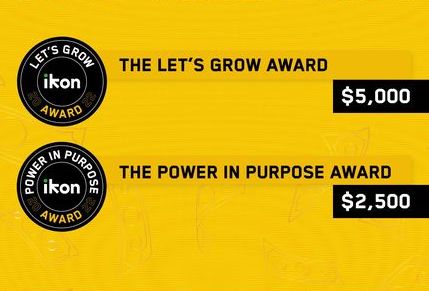Sending out an email without a P.S. is like creating a landing page without a clear call to action.
You are squandering an opportunity.
A wonderful opportunity to persuade your prospect to take action.
If you think the P.S. is a quaint relic from the days of handwritten personal correspondence, think again. And if you have a hunch that a P.S. is better suited to a long, detailed sales letter than a short, crisp email, look at the precise job a P.S. does.
Actually, there are lots of jobs we can give the P.S. And you’re about to discover ten of them.
The P.S. Is Powerful Because It Occupies A Prime Position
The P.S. behaves like another headline. In its own way, it is another subject line, another invitation for the prospect to take action. This is because the P.S. is read, and it’s noticed, even when the content of your email is skimmed or skipped over.
It can also help a prospect understand something that wasn’t made entirely clear in the email’s body content.
Let’s look at this process through the eyes of a prospect.
Before a reader actually deletes your email, the last thing he often does is read the P.S. It’s human nature. Most of us find a P.S. difficult to ignore.
Why? There is no single rational reason why. We’re dealing with behavior, with curiosity, perhaps a sense of obligation to make sure we’ve covered off everything before the email is deleted. Perhaps it’s because we have a hunch the P.S. will be short and easy to read.
It doesn’t matter why the P.S. is read. What matters is that it is read.
Emails with a P.S. perform better than emails that don’t. This is why successful online marketers consistently use them.
How To Pack Persuasive Power Into Your P.S.
Assign your P.S. a specific job.
- Restate the core benefit or message your email is built to communicate.
- Amplify and expand the core benefit with additional information.
- Introduce new information (such as an interesting fact) that has been deliberately withheld from the body copy content.
- Add additional “reasons why” to prove the message of the email’s body copy.
- Repeat the existing call to action.
- Reintroduce your call to action with a new reason why the reader should do what you’re requesting.
- Reintroduce a guarantee, an element of the offer, or a bonus.
- Ask the reader a question to encourage engagement.
- Give a link that will help you segment your prospect.
- Underscore legitimate urgency by communicating a deadline or scarcity.
- Use the P.S. as a proof source with a brief testimonial.
These are the basics. There are two other tactics I often use with a P.S.
One of them drives the prospect back into the body copy, where the persuasive process can resume. Another helps boost the open rate of the next email that will be sent.
The Structure of Your P.S.
Try to start it off with a short, crisp sentence. Something irresistible to pull the prospect back into your content.
This is vital because when the P.S. is being read, the prospect may be a fraction of a second away from clicking the delete button. Think of the P.S. as a last ditch attempt to keep the distracted, flighty prospect engaged.
If there is a clean way to start writing your P.S. with the word “You”, do it.
Including a link in the P.S. is fine. In fact, it’s a terrific tactic, because the P.S. gives you a fresh opportunity to share a call to action.
Expanding one P.S. into additional messages with a P.P.S. (and more) can be effective. But this is a technique that should be used sparingly. It can get gimmicky and distract the prospect from the core benefit you’re trying to communicate
And don’t fret over the length of the P.S. but focus instead on its appeal. It should fascinate the prospect. As a rule of thumb, when you get beyond three or four lines, you’re probably pushing it.
So push new power into your emails. Put a P.S. in every one of them.


